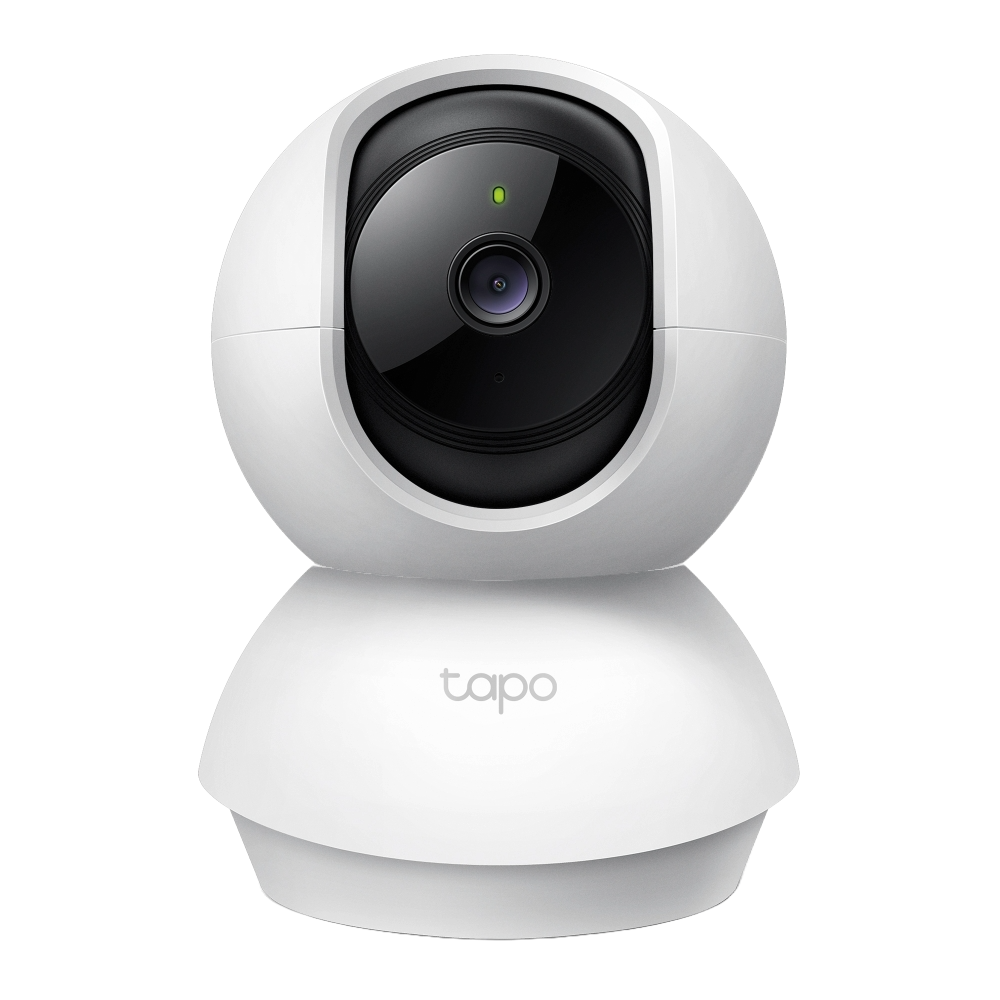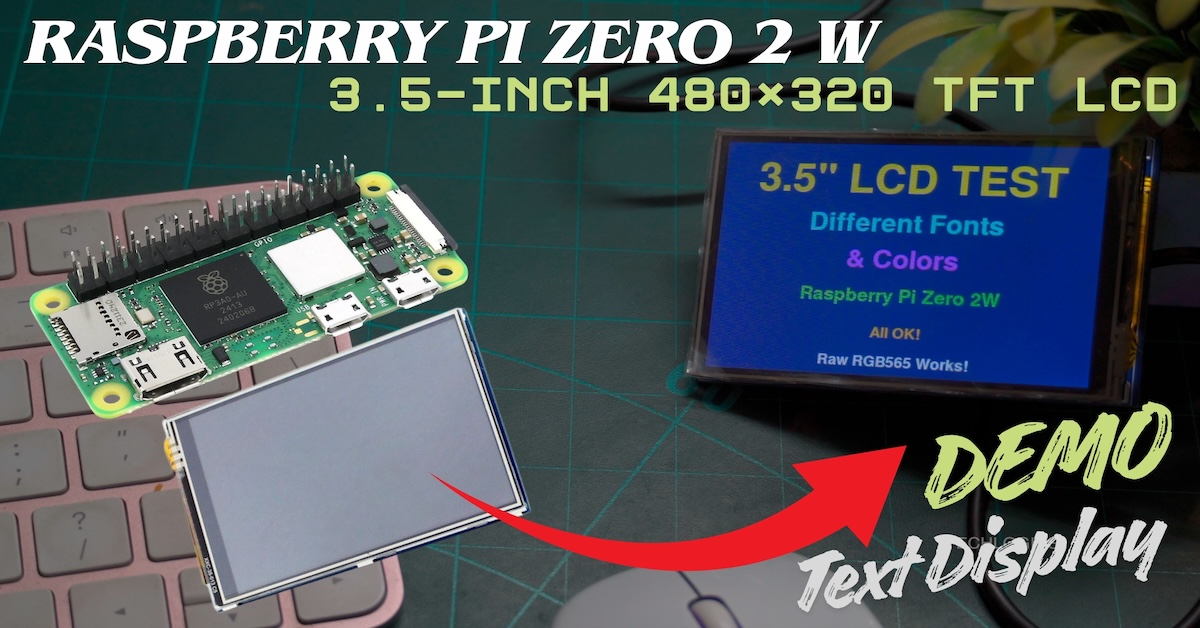Ws2812B Non-Waterproof 60 Pixel/1M LED : https://amzn.to/3F5bdKL
Arduino nano : https://amzn.to/3sjfEu2
Double Side Copper Prototype PCB Universal Board 6 X 8 cm : https://amzn.to/3D3hzrH
#include <FastLED.h>
#define LED_PIN 5
#define COLOR_ORDER GRB
#define CHIPSET WS2811
#define NUM_LEDS 120
// Interfacing Arduino uno with LDR sensor
const int ledPin = 3; // digital pin 5
const int ldrPin = A0; // analog pin 0
#define BRIGHTNESS 200
#define FRAMES_PER_SECOND 60
bool gReverseDirection = false;
CRGB leds[NUM_LEDS];
void setup() {
Serial.begin(9600);
pinMode(ledPin, OUTPUT); // Here LED is determined as an ouput or an indicator.
pinMode(ldrPin, INPUT); // Here LDR sensor is determined as input.
delay(3000); // sanity delay
FastLED.addLeds<CHIPSET, LED_PIN, COLOR_ORDER>(leds, NUM_LEDS).setCorrection( TypicalLEDStrip );
FastLED.setBrightness( BRIGHTNESS );
}
void loop()
{
int ldrStatus = analogRead(ldrPin);
if (ldrStatus <= 400) {
digitalWrite(ledPin, HIGH); // If LDR senses darkness led pin high that means led will glow.
Serial.print("Darkness over here,turn on the LED : ");
Serial.println(ldrStatus);
// Add entropy to random number generator; we use a lot of it.
// random16_add_entropy( random());
Fire2012(); // run simulation frame
FastLED.show(); // display this frame
FastLED.delay(1000 / FRAMES_PER_SECOND);
// delay (1000);
}
else {
digitalWrite(ledPin, LOW); // If LDR senses light led pin low that means led will stop glowing.
Serial.print("There is sufficeint light , turn off the LED : ");
Serial.println(ldrStatus);
Black(); // run simulation frame
FastLED.show(); // display this frame
FastLED.delay(1000 / FRAMES_PER_SECOND);
}
}
// Fire2012 by Mark Kriegsman, July 2012
// as part of "Five Elements" shown here: http://youtu.be/knWiGsmgycY
////
// This basic one-dimensional 'fire' simulation works roughly as follows:
// There's a underlying array of 'heat' cells, that model the temperature
// at each point along the line. Every cycle through the simulation,
// four steps are performed:
// 1) All cells cool down a little bit, losing heat to the air
// 2) The heat from each cell drifts 'up' and diffuses a little
// 3) Sometimes randomly new 'sparks' of heat are added at the bottom
// 4) The heat from each cell is rendered as a color into the leds array
// The heat-to-color mapping uses a black-body radiation approximation.
//
// Temperature is in arbitrary units from 0 (cold black) to 255 (white hot).
//
// This simulation scales it self a bit depending on NUM_LEDS; it should look
// "OK" on anywhere from 20 to 100 LEDs without too much tweaking.
//
// I recommend running this simulation at anywhere from 30-100 frames per second,
// meaning an interframe delay of about 10-35 milliseconds.
//
// Looks best on a high-density LED setup (60+ pixels/meter).
//
//
// There are two main parameters you can play with to control the look and
// feel of your fire: COOLING (used in step 1 above), and SPARKING (used
// in step 3 above).
//
// COOLING: How much does the air cool as it rises?
// Less cooling = taller flames. More cooling = shorter flames.
// Default 50, suggested range 20-100
#define COOLING 55
// SPARKING: What chance (out of 255) is there that a new spark will be lit?
// Higher chance = more roaring fire. Lower chance = more flickery fire.
// Default 120, suggested range 50-200.
#define SPARKING 120
void Fire2012()
{
// Array of temperature readings at each simulation cell
static uint8_t heat[NUM_LEDS];
// Step 1. Cool down every cell a little
for( int i = 0; i < NUM_LEDS; i++) {
heat[i] = qsub8( heat[i], random8(0, ((COOLING * 10) / NUM_LEDS) + 2));
}
// Step 2. Heat from each cell drifts 'up' and diffuses a little
for( int k= NUM_LEDS - 1; k >= 2; k--) {
heat[k] = (heat[k - 1] + heat[k - 2] + heat[k - 2] ) / 3;
}
// Step 3. Randomly ignite new 'sparks' of heat near the bottom
if( random8() < SPARKING ) {
int y = random8(7);
heat[y] = qadd8( heat[y], random8(160,255) );
}
// Step 4. Map from heat cells to LED colors
for( int j = 0; j < NUM_LEDS; j++) {
CRGB color = HeatColor( heat[j]);
int pixelnumber;
if( gReverseDirection ) {
pixelnumber = (NUM_LEDS-1) - j;
} else {
pixelnumber = j;
}
leds[pixelnumber] = color;
}
}
void Black()
{
for (int i = 119; i >= 0; i--) {
leds[i] = CRGB ( 0, 0, 0);
FastLED.show();
// FastLED.clear();
}
}












